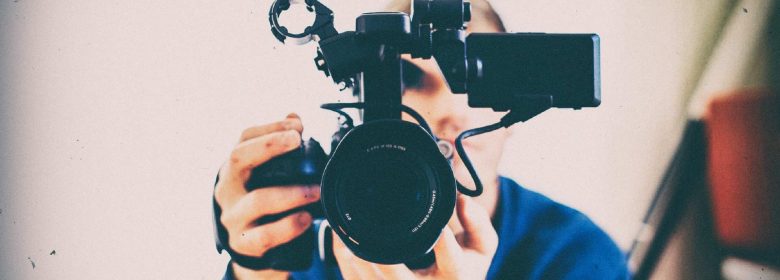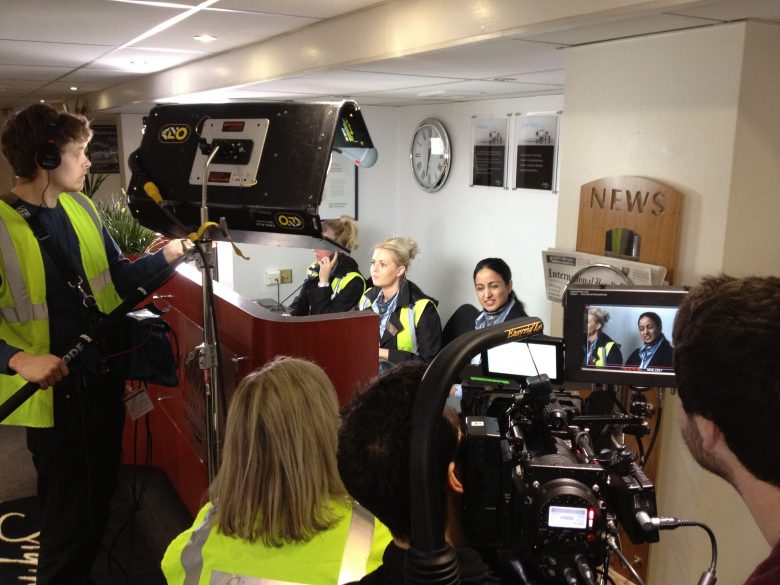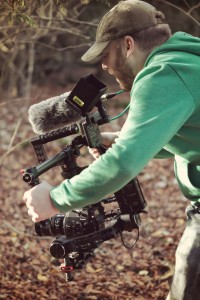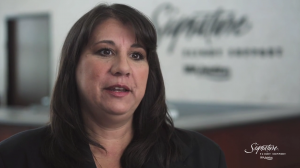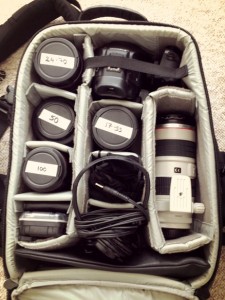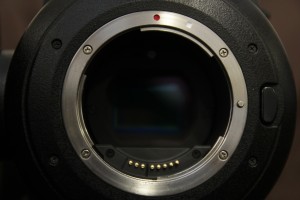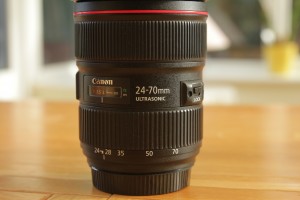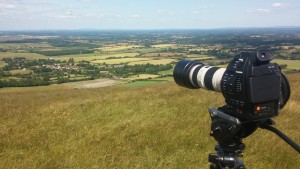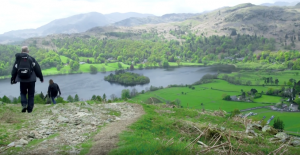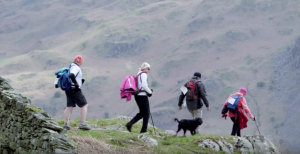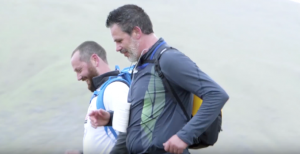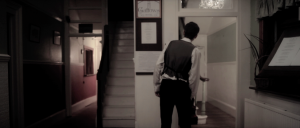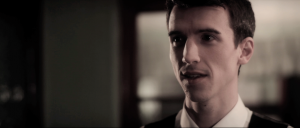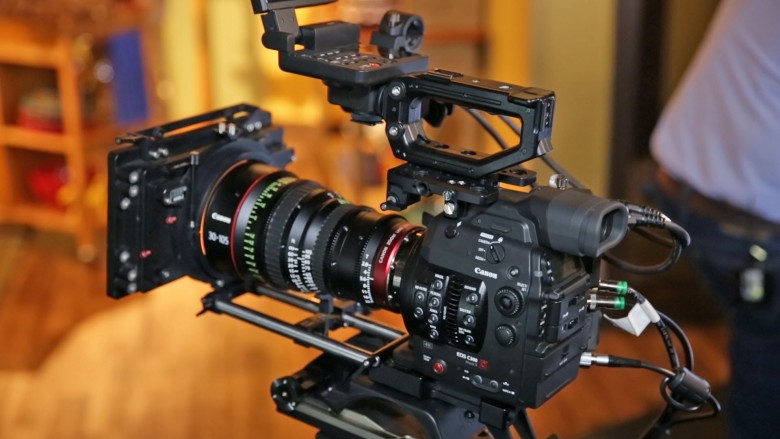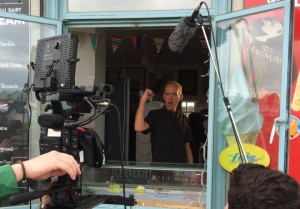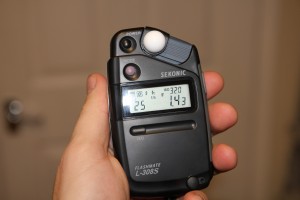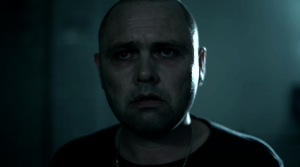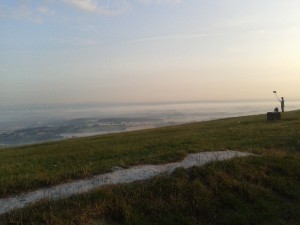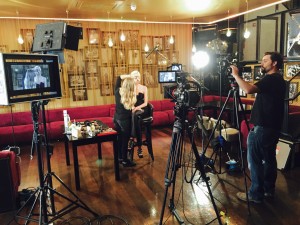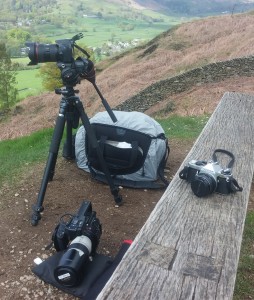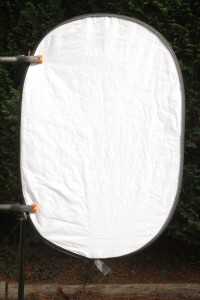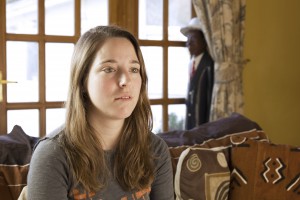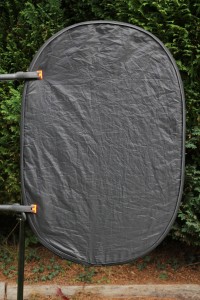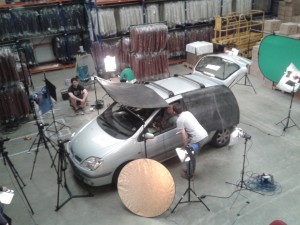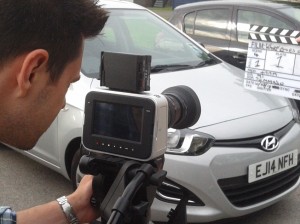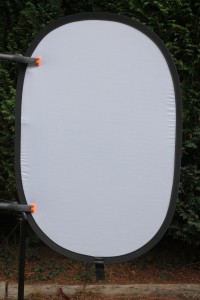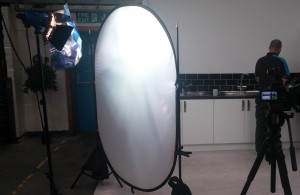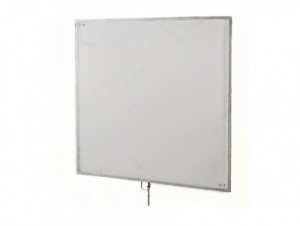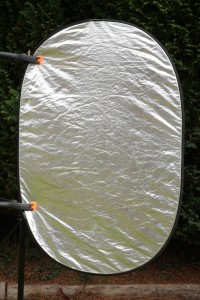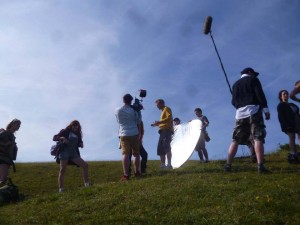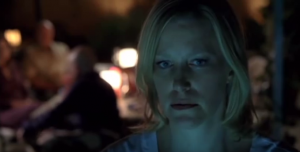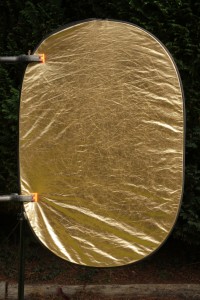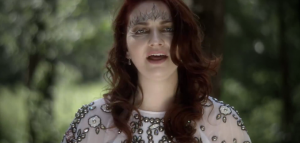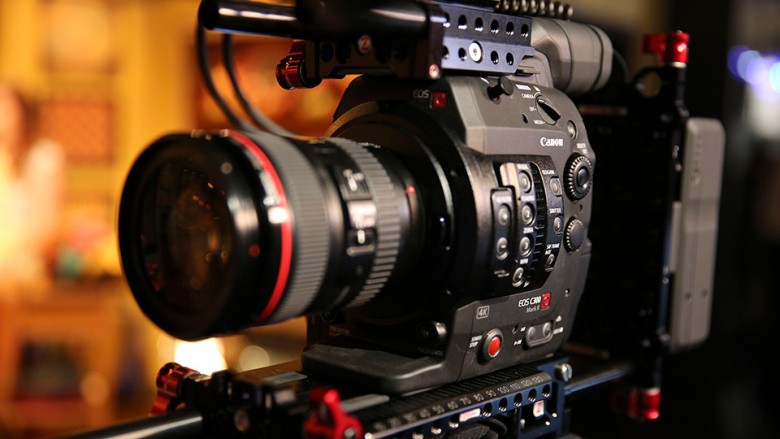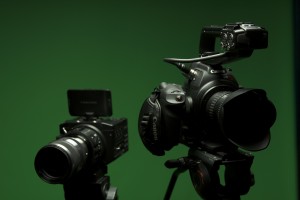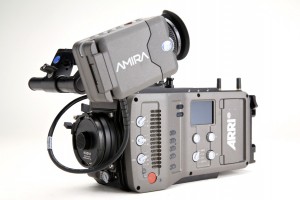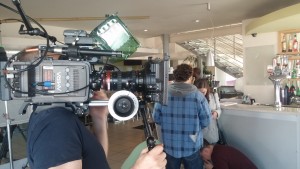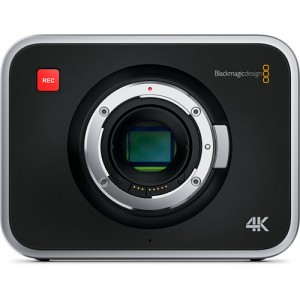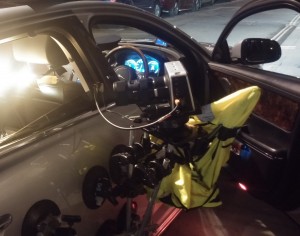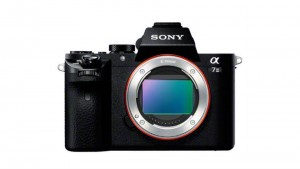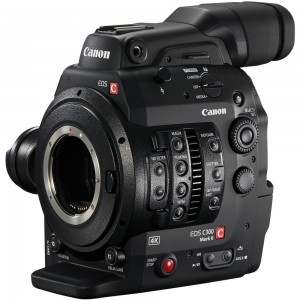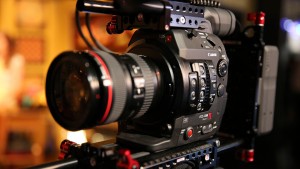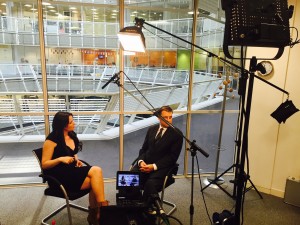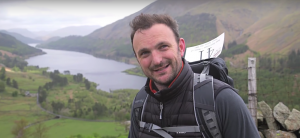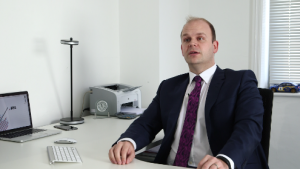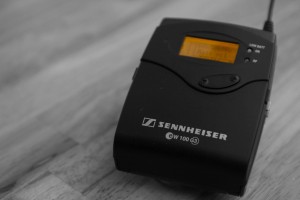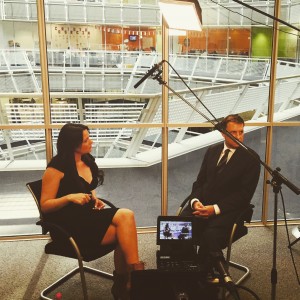5 reasons why you need to invest in video production
Video is the most digested and widely enjoyed content on the web. If you’ve not invested in video production yet, here’s five reasons why you need to get on board.
“88% of businesses say that video is an important part of their marketing strategy” – Wyzowl
1 | Google loves video
When produced to a high standard, video production is a sure fire way to creating content marketing that your visitors and customers will love.
This has amazing benefits to your website’s performance, such as:
- increasing click through rate
- boosting time on page and site
- creating relevant content
- enhancing user experience
- fresh and shareable content
All these factors show you have a high quality website and Google loves high quality websites. If Google loves your website, your links will feature high up their search rank results.
This means your brand will have a greater amount of exposure through organic search traffic.
2 | shareable content
Shareable content is anything that makes people want to press ‘like’ and ‘share’.
All of this lovely social media activity creates new links pointing back to your website and continues to push your brand message without you having to do more work or invest more money.
With over 1 billion YouTube users – one third of all people who use the internet – having engaging content that’s regularly shared will open your business up to a world of opportunity, new customers and increased revenue.
So, you have to ask yourself “will people want to share it?”. Making sure the answer to this question is yes isn’t easy.
Over 100 hours of video content is uploaded to YouTube every minute. That’s a lot of noise and you have to ensure your video production is good enough to stand out from the crowd.
Working with an experienced video production agency will make the process far easier and push you towards your goals. Saving time, effort and money.
3 | clarity of message
Video production allows you to produce content that gets to the heart of your message, quickly and effectively.
Explainer videos last less than two minutes and give a great overview of your product, service or brand. 88% of companies, who use them on their homepage, have reported an increase in online conversion.
Ask yourself, “does the video accurately convey our message?”. If the answer is yes, you know you’re heading in the right direction.
If the answer is no, it’s back to the drawing board. This is where an experienced mind is worth its weight in gold.
4 | targeted
Traditional marketing and advertising methods are like standing in the middle of a busy high street and shouting at random strangers, hoping some will pay attention.
Fast forward to today and it’s all about getting the right message to the right person and at the right time.
Using your video production within Facebook advertising campaigns allows you to go as granular as you wish with your audience. Making sure that your content is seen by an audience who want to see it.
This means your marketing budget is dramatically decreased, while your potential return on investment is dramatically increased.
Don’t you just love living in the future…
5 | boost your revenue
All of the four points above highlight the power of video production and how it can benefit your business, brand and product.
Video production creates new customers and builds relationships with those you already have.
All of this achieves a level of engagement that sticks in people’s minds and encourages them to spend their hard earned money with you.
Find out how video production can boost your business today.

